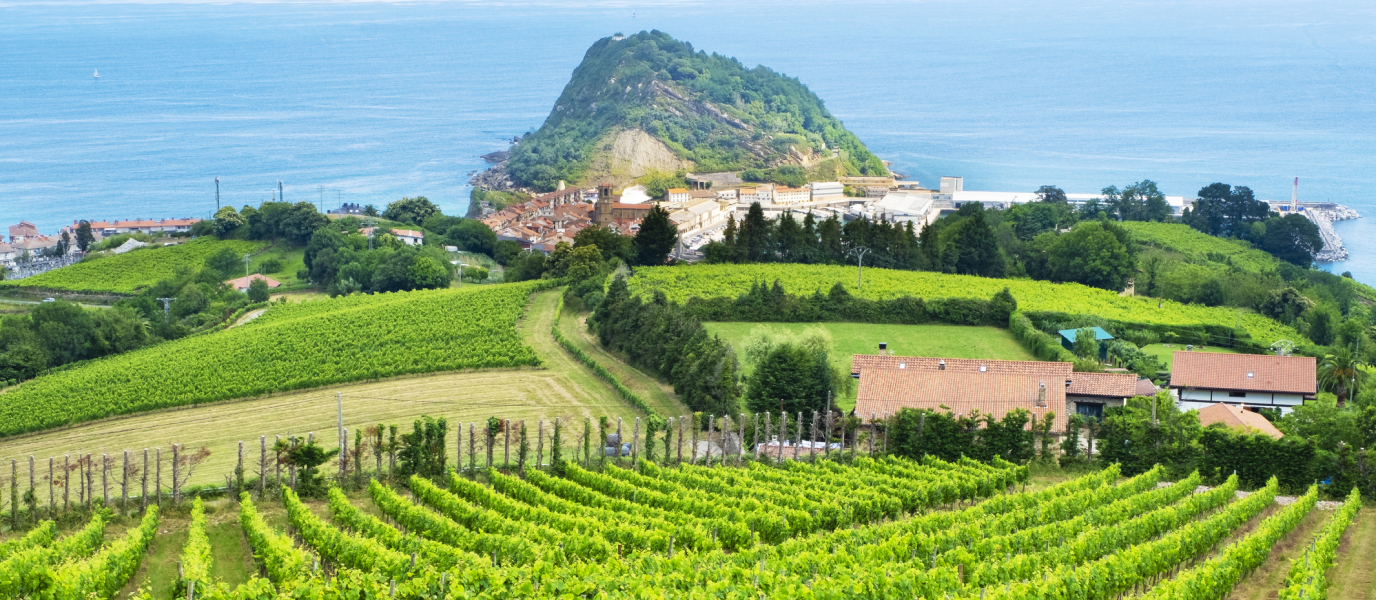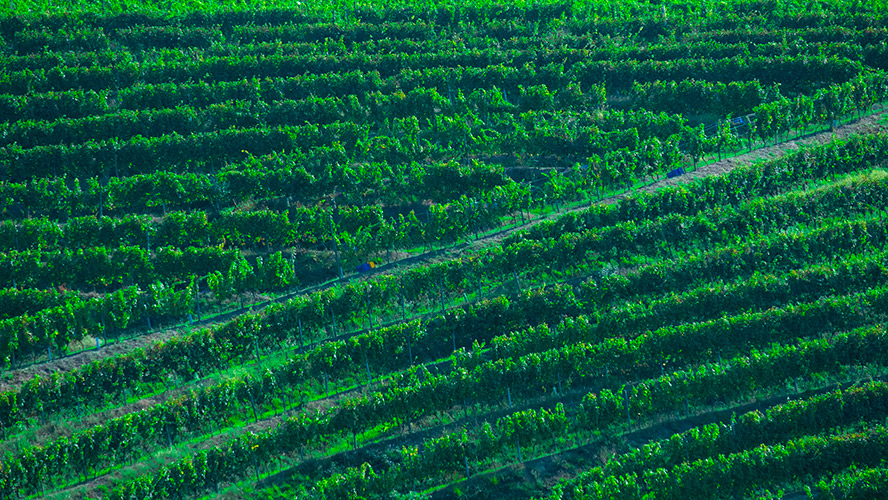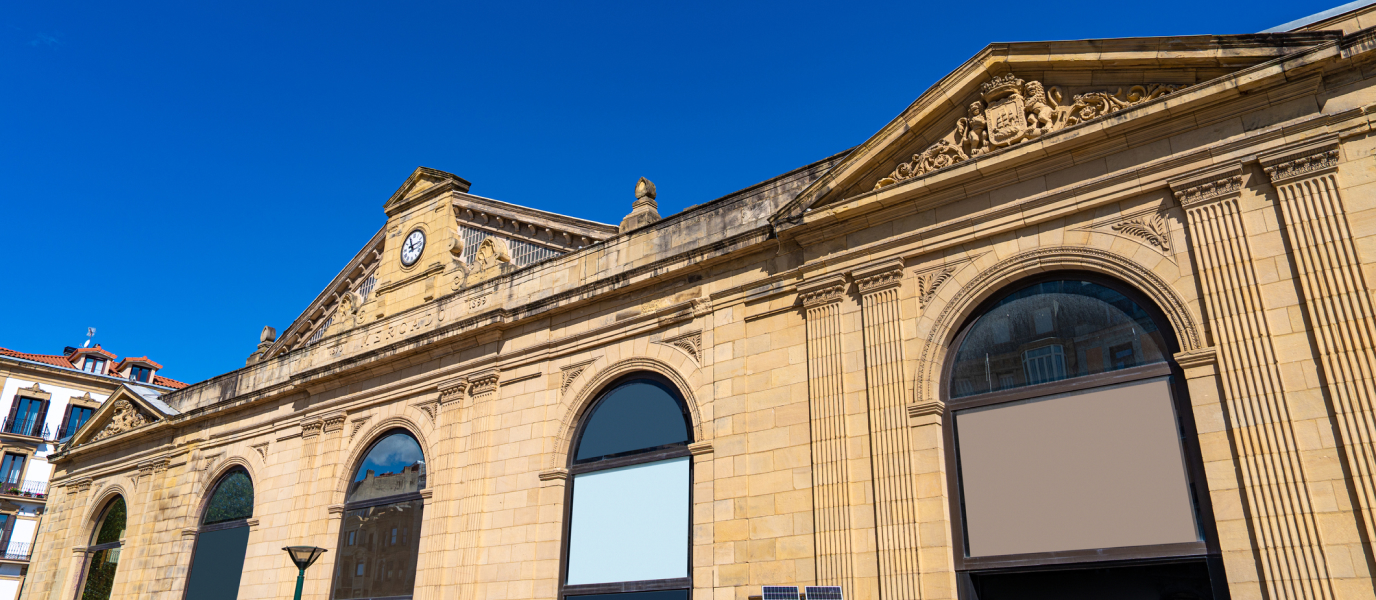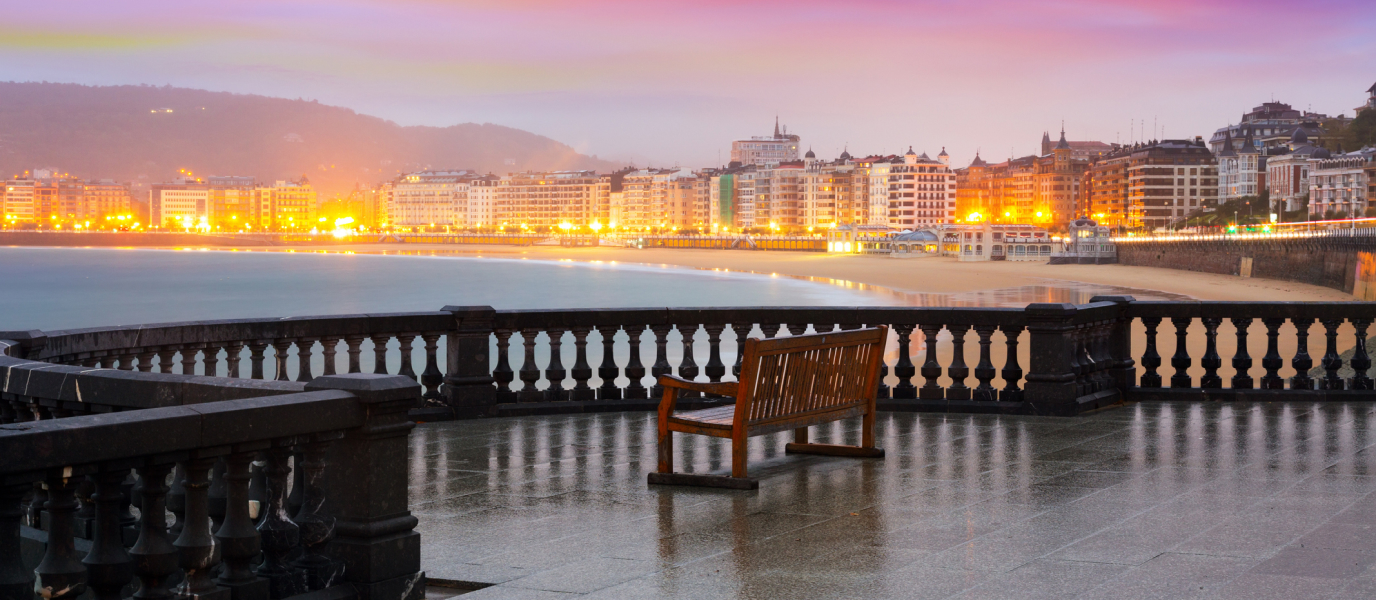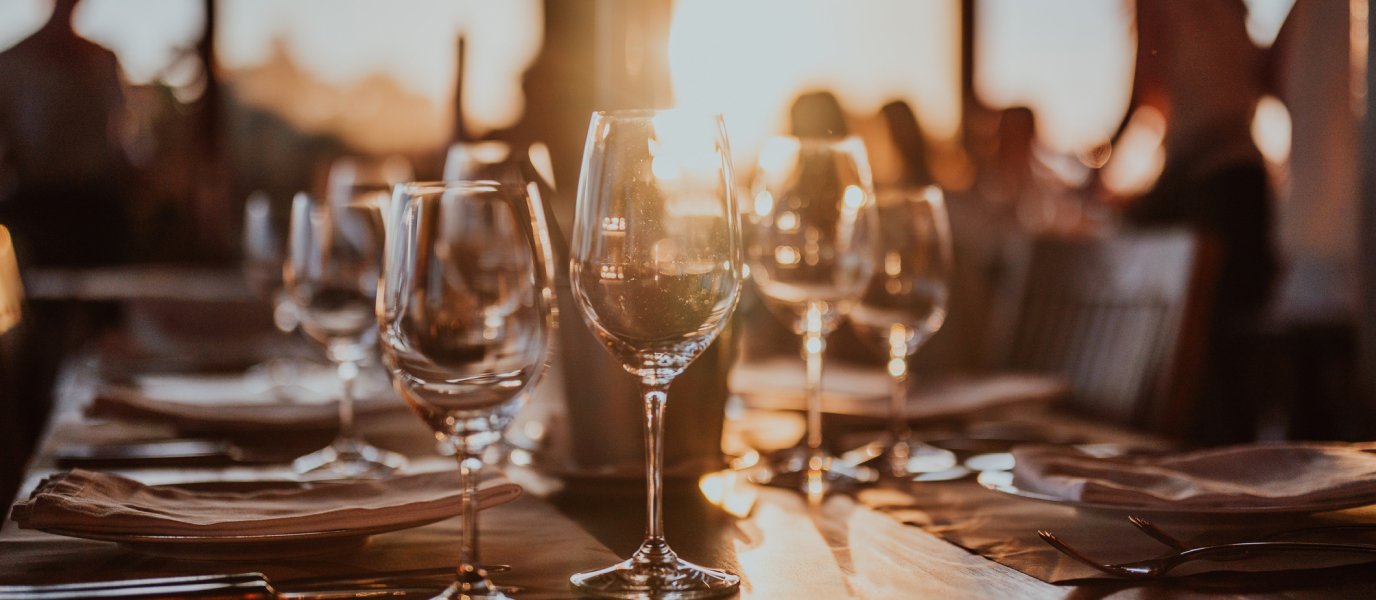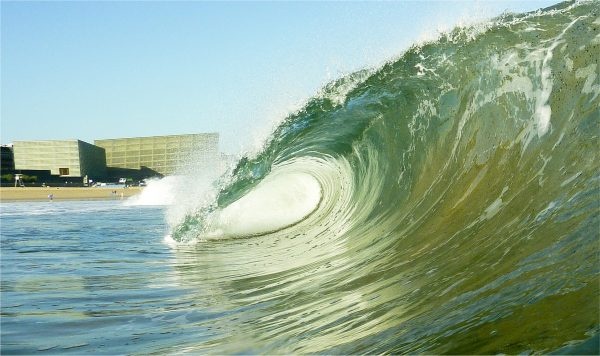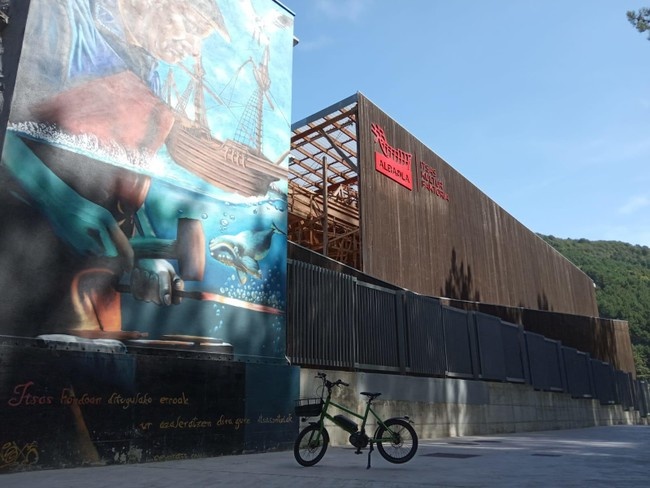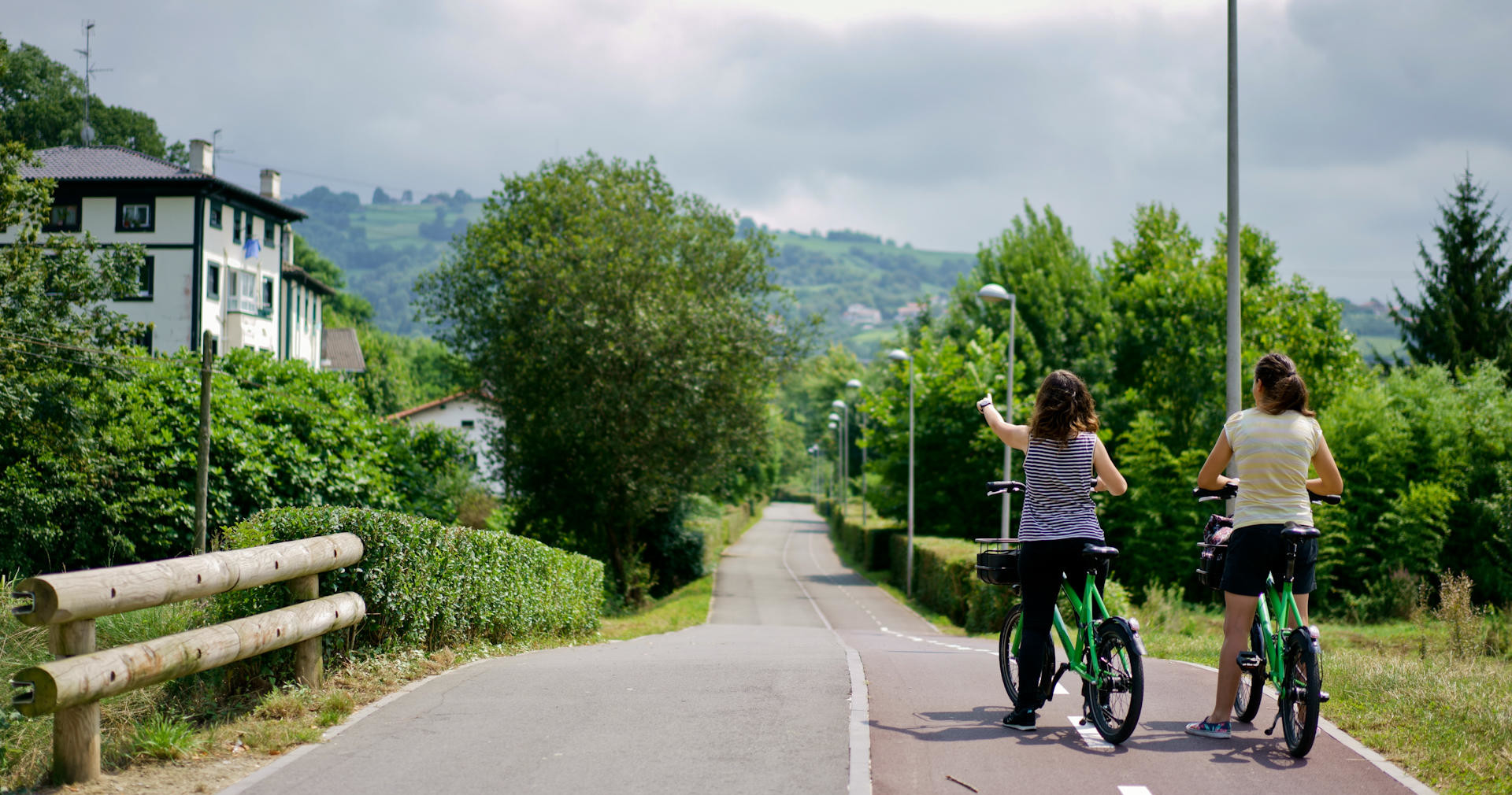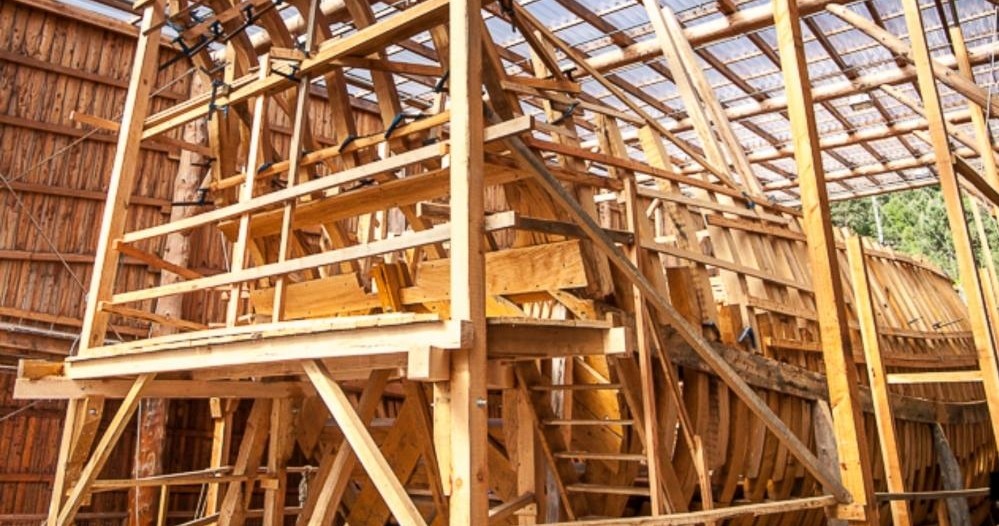De From a tavern wine to a symbol of Basque cuisine. That’s a great way to summarise the history of txakoli over the past few decades, now that this white wine has achieved fame and protection as the wine of the Basque Country.
But this home-made wine, typically served in taverns and villages at the end of the 20th century, has a history that dates from hundreds of years earlier. The first references to txakoli appear in 16th century documents such as sentences that were passed in relation to payment for “chacolí wine”.
History and background of txakoli
Although the wine is normally attributed to the Basque Country, in the 19th century there are also references to the trade of txakoli in Cantabria, where production surpassed that of the Basque provinces.
Txakoli is also produced in the north of Burgos province, particularly around Miranda de Ebro and the Mena Valley.
In 2010, the Basque Government sought protection for txakoli as an exclusive designation of the Basque autonomous community, but various European authorities ruled that the terms txakoli, chacolí and txakolina could only refer to a type of traditional wine and not a specific geographical area.
Txakoli wine is made from the Hondarrabi zuri (white) and Hondarrabi beltza (red) grape varieties and there are three designations of origin: Arabako Txakolina (Álava), Bizkaiko Txakolina (northern half of Biscay) and Getariako Txakolina (north of Guipúzcoa).
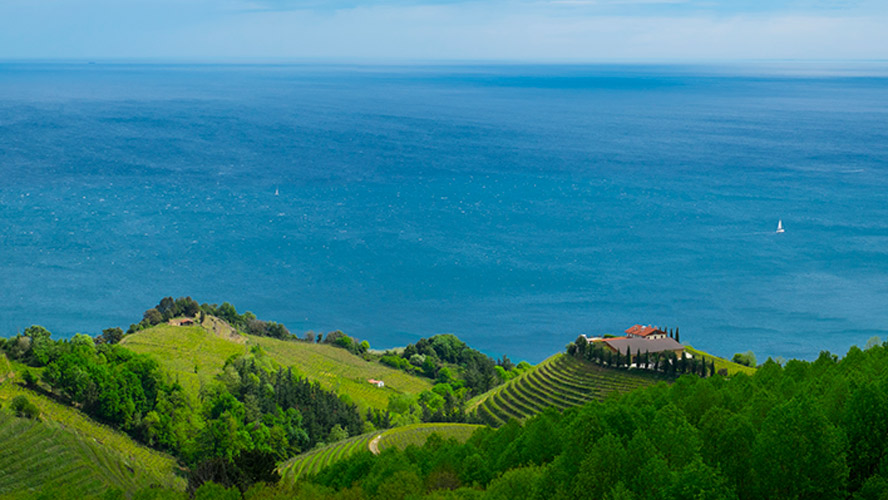
Txakoli wineries near San Sebastian
Txakoli wine is produced across the Basque Country, in bordering areas of Cantabria, and in Castile and León. Wineries and producers that are open to the public are found throughout these areas so you can find out more first-hand and enjoy wine tastings.
Guipúzcoa province is one of the best places to visit these wineries, and below you’ll find information and recommendations of txakoli wineries near San Sebastian.
Urkizahar txakoli winery
Urkizahar is in inland Guipúzcoa and is famous for producing ecological txakoli with grapes from the Urkizahar estate in Beizama. Its vines cover an area of 2.5 hectares and grow at an altitude of 350 m to 450 m, the highest in the Getariako Txakolina designation of origin.
Txakoli is produced from the Hondarrabi zuri variety and is characterised for its aroma, fruit flavour, and for being easy to drink.
Urkizahar produces txakoli using ecological agriculture based on farming techniques that don’t use chemicals or any unnatural products. This young winery was founded in 2016 and also supports the reinstatement of rural farming in Guipúzcoa.
K5 K5 txakoli winery
The K5 winery belongs to famous TV chef Karlos Arguiñano and is in Aia, close to the Cantabrian coast. It was founded in 2010 and has 15 hectares of the Hondarrabi zuri variety that was first planted between 2006 and 2010. In fact, the 2010 vines earned the winery 92 Parker points, a score that has been repeated in subsequent years. Its wines mature very well in the bottle over the years.
Arguiñano’s winery makes two labels: K5 and KPilota. K5 wine is matured for 11 months on lees, white KPilota is produced by the youngest vines and matured for five months on lees.
Bodega K5 is at an altitude of 300 m with views of the Cantabrian Sea and Orio marina. The winery is open to the public for wine tasting sessions.
Hiruzta txakoli winery
Hiruzta winery is in the mountains of beautiful Hondarribia, on the slopes of Jaizkibel, and in 2020 its txakoli earned the highest score for this type of wine in the history of the Decanter awards: 97 points.
This pretty, family winery opened in 2012 and today is one of the most prestigious and well-established destinations for Basque wine tourism. It has 17 hectares of Hondarrabi zuri vines around the winery; the grape variety is named after Hondarribia because the grape has been grown in the town as far back as the 12th century.
Hiruzta produces five txakoli wines (white, rosé and red) and two sparkling wines. It runs guided tours with tasting sessions.
Astobiza txakoli winery
Bodega Astobiza is in Okondo (Álava), not far from Bilbao. It’s part of the Álava txakoli designation of origin and has an estate that covers 10 hectares. It produces several txakoli wines that are exported to over 35 countries.
Astobiza was founded in 2006 and gathered its first harvest the following year. It’s in the Ayala Valley, an area with a long tradition of wine-making with origins that can be traced back to the 9th century. Today, it grows three local varieties: Hondarrabi zuri, Hondarrabi zuri zerratie and Izkiriota.
Berroja txakoli winery
Bodega Berroja is also near Bilbao and it makes three different txakolis from grapes that are grown on 24 hectares of vineyards in the Urdaibai Biosphere Reserve. Berroja makes white and rosé wines from the Hondarrabi zuri, Hondarrabi beltza and Syrah varieties.
Urdaibai’s location in Muxika is one of its big attractions, both for wine-making and as a tourist destination: it has spectacular views across the nature reserve and of the mountains and Mundaka estuary.
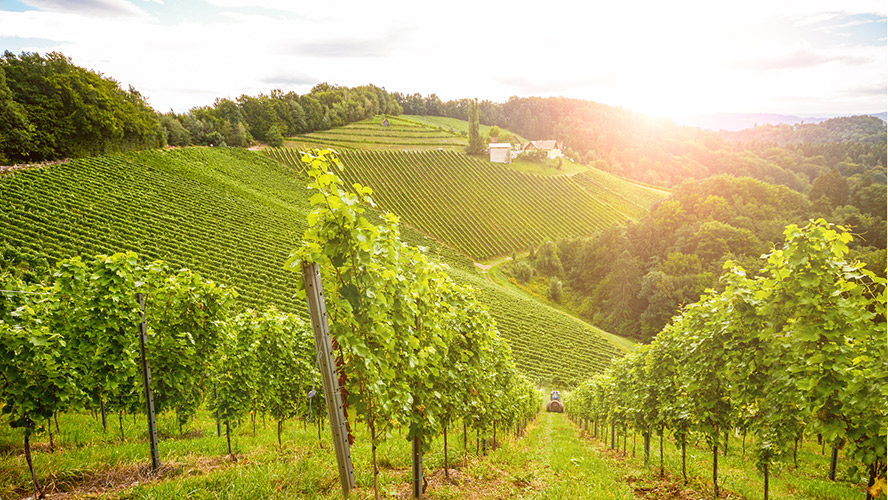
Where to stay in San Sebastian
San Sebastian is one of the most beautiful cities in the north of Spain and the area around it is also stunning. If you’re planning a trip to the area to visit a txakoli winery, San Sebastian (or Donosti as it’s known in Basque) is a magnificent place to stay.
The hotel Barceló Costa Vasca is a great option in the city; this wonderful four-star hotel is just 500 from Ondarreta Beach and La Concha Bay.
The hotel has a wide variety of rooms and fantastic facilities including an outdoor pool with bar, which is perfect for summer, meeting rooms, and the delightful Restaurante Ulía, where local products feature among the main dishes.





























































